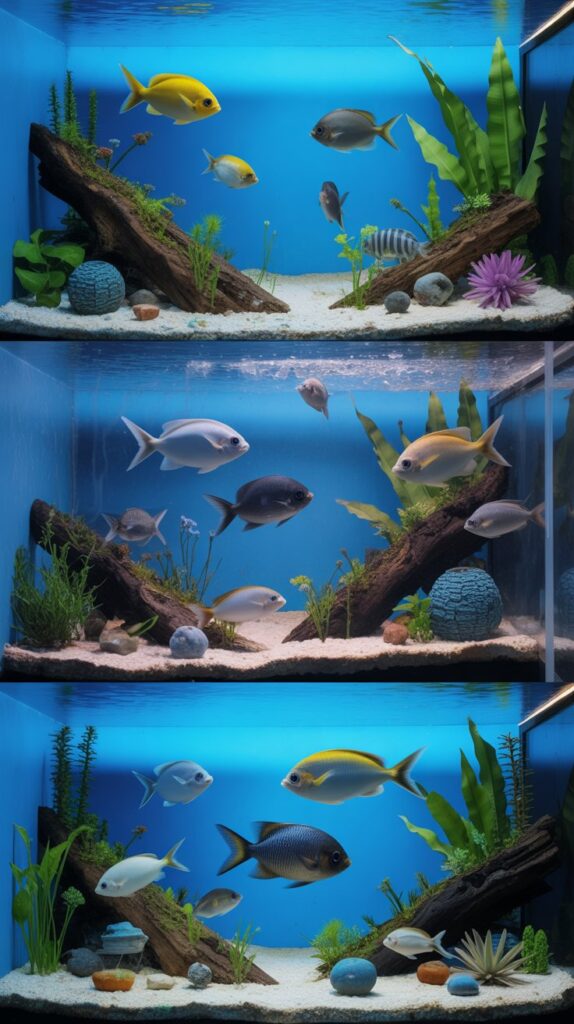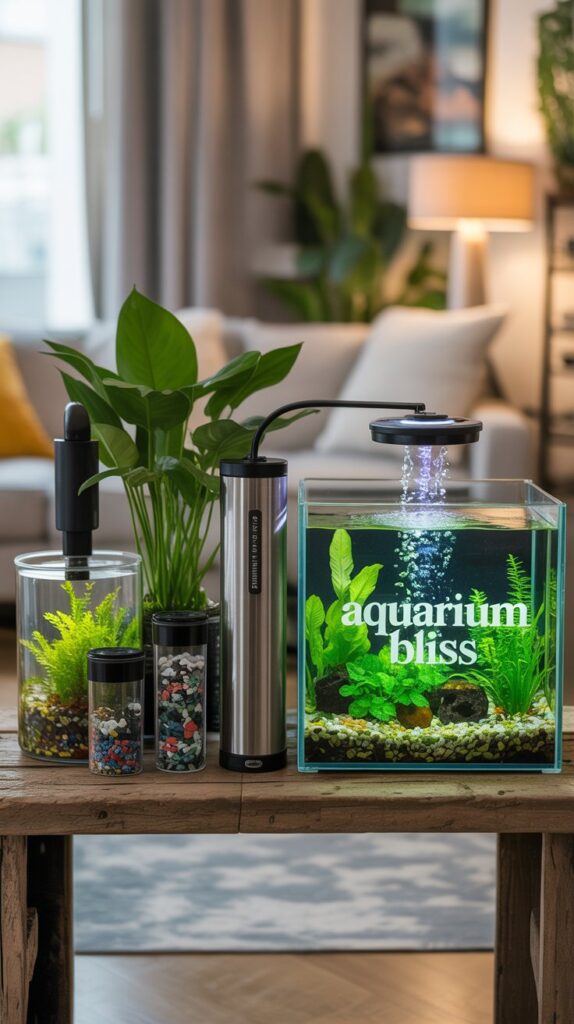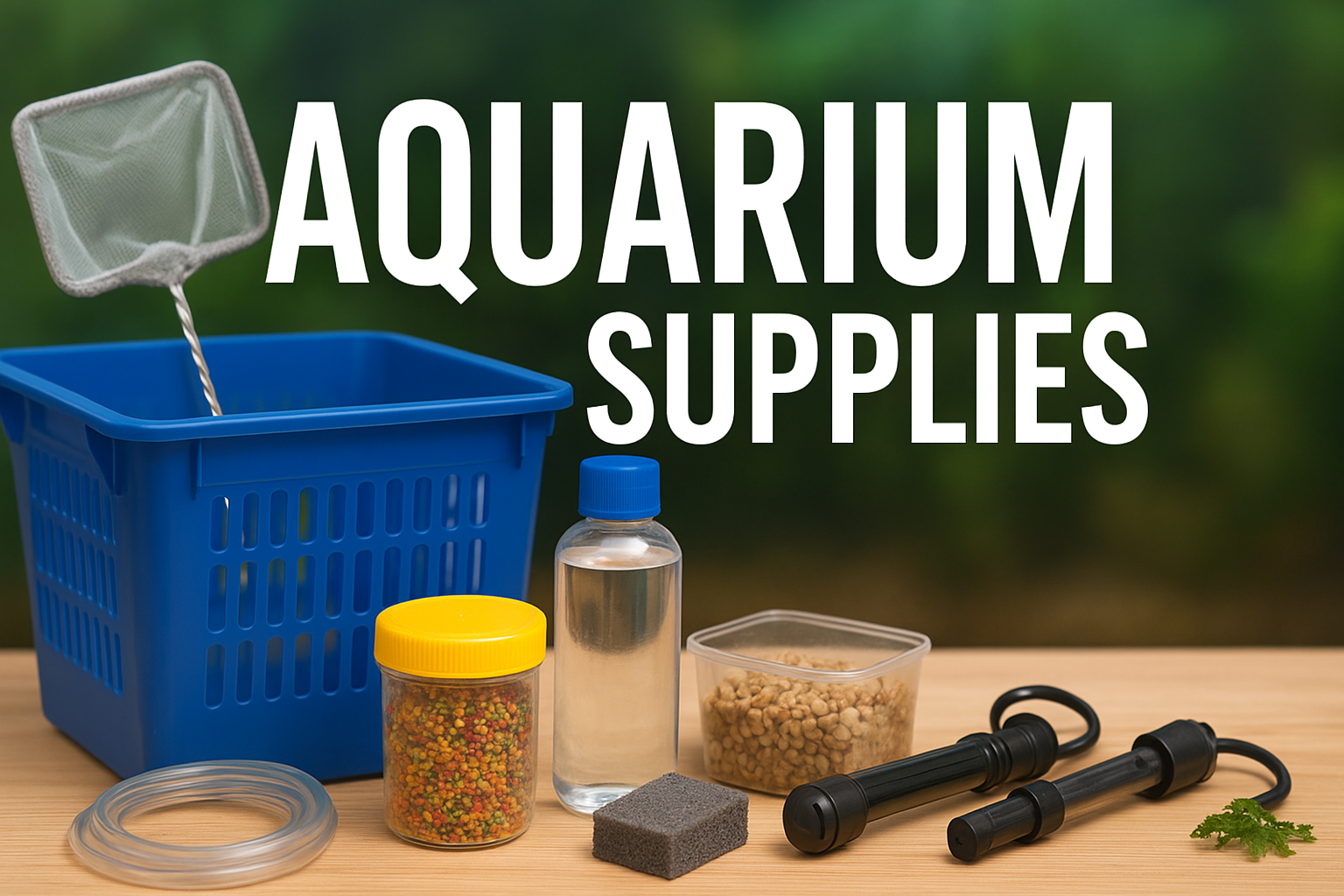Keeping an aquarium is a hobby that blends beauty, science, and responsibility. To create a thriving aquatic environment, having the right aquarium supplies is essential. Whether you are a beginner setting up your first fish tank or an experienced aquarist upgrading your setup, the right tools and equipment ensure the health, comfort, and beauty of your fish and plants.
In this comprehensive guide, we’ll explore must-have aquarium supplies, their uses, how to choose the best ones, and tips for maintaining a thriving aquarium.
1. Understanding the Importance of Aquarium Supplies
Aquarium supplies are more than just accessories — they are the life-support systems for your aquatic pets. From filtration systems that maintain water quality to heaters that regulate temperature, every piece of equipment plays a role in creating a safe and healthy environment.
Proper supplies help you:
- Maintain water quality and cleanliness
- Ensure stable temperature and lighting conditions
- Prevent diseases and stress in fish
- Support plant growth and decoration aesthetics
- Provide long-term cost savings by preventing fish loss
2. Essential Aquarium Supplies for Beginners and Experts

Below is a breakdown of the key aquarium supplies every fishkeeper should have:
2.1 Aquarium Tank
The foundation of your setup. Tanks come in various sizes and shapes — from small 5-gallon tanks for bettas to massive 200-gallon setups for large fish species.
Tips for Choosing:
2.2 Filtration System
Filters are critical for removing waste, toxins, and uneaten food.
Main Types of Filters:
- Hang-On-Back (HOB) Filters – Easy to install, ideal for small to medium tanks
- Canister Filters – Powerful filtration for large aquariums
- Sponge Filters – Gentle filtration for fry or shrimp tanks
- Internal Filters – Placed inside the tank for small setups
Tip: Choose a filter rated for at least 1.5x your tank size for optimal performance.
2.3 Aquarium Heater

Fish are sensitive to temperature fluctuations. A heater maintains a stable environment, especially for tropical fish like guppies, tetras, and bettas.
Ideal Temperature Range:
- Tropical fish: 75–80°F (24–27°C)
- Coldwater fish: 60–72°F (15–22°C)
2.4 Lighting System
Lighting is not just for visibility; it also supports plant photosynthesis and enhances fish colors.
Types of Lighting:
- LED lights: Energy-efficient, customizable colors
- Fluorescent lights: Bright and affordable
- Full-spectrum lights: Best for live plants and coral reefs
2.5 Aquarium Substrate
Substrate affects the tank’s look and can influence water chemistry.
Options Include:
- Gravel: Easy to clean, good for most setups
- Sand: Natural look, great for bottom dwellers
- Plant substrate: Enriched with nutrients for live plants
2.6 Aquarium Decorations
Decorations provide hiding spots and reduce fish stress. They can include:
- Rocks and driftwood
- Artificial caves
- Live or artificial plants
2.7 Water Conditioner

Tap water contains chlorine and chloramine, which are toxic to fish. Water conditioners neutralize these chemicals, making the water safe.
2.8 Fish Food
A balanced diet is vital for healthy fish. Choose high-quality flakes, pellets, or frozen foods based on the species you keep.
2.9 Test Kits
Testing water parameters regularly ensures a stable environment. Test kits measure pH, ammonia, nitrite, nitrate, and hardness.
2.10 Aquarium Maintenance Tools
These include:
- Gravel vacuums for cleaning substrate
- Algae scrapers for glass cleaning
- Nets for transferring fish
- Buckets for water changes
3. Optional but Useful Aquarium Supplies
If you want to take your aquarium to the next level, consider these upgrades:
- Automatic Feeders – Perfect for vacations
- Protein Skimmers – Essential for saltwater tanks
- CO₂ Systems – For lush plant growth
- UV Sterilizers – Reduce algae and kill harmful microorganisms
4. How to Choose the Best Aquarium Supplies

When selecting aquarium supplies, keep the following in mind:
- Tank Size – Larger tanks need stronger equipment
- Fish Species – Tropical fish require heaters; goldfish may not
- Budget – Invest in essentials first, then add extras
- Maintenance Effort – Choose equipment that’s easy to clean
- Energy Efficiency – Saves money in the long run
5. Maintaining Your Aquarium Supplies
Even the best equipment requires maintenance:
- Clean filters monthly
- Replace light bulbs annually
- Test water weekly
- Check heaters and thermometers for accuracy
- Rinse decorations and vacuum substrate regularly
6. Common Mistakes to Avoid
- Overfeeding fish, leading to poor water quality
- Skipping water changes
- Buying a tank too small for your fish
- Ignoring compatibility between species
- Not cycling the tank before adding fish
7. Where to Buy Aquarium Supplies
You can find aquarium supplies in:
- Local Pet Stores – Great for hands-on shopping and advice
- Online Stores – Wider selection, competitive prices
- Aquarium Expos – Specialty items and rare finds
8. Conclusion
Aquarium supplies are the backbone of any successful fishkeeping experience. From the tank itself to maintenance tools, each item plays a role in keeping your aquatic pets healthy and your setup looking stunning. Investing in quality equipment not only makes maintenance easier but also ensures a thriving underwater ecosystem for years to come.
FAQs About Aquarium Supplies
Q1: What are the must-have aquarium supplies for beginners?
A: Essential items include a tank, filter, heater, lighting, substrate, decorations, water conditioner, fish food, and a test kit.
Q2: How often should I clean my aquarium filter?
A: Generally, once a month. However, check the manufacturer’s guidelines for specific cleaning schedules.
Q3: Do all fish tanks need a heater?
A: No. Coldwater species like goldfish do not require heaters, but most tropical fish do.
Q4: Is LED lighting better for aquariums?
A: Yes. LEDs are energy-efficient, long-lasting, and often have customizable settings.
Q5: Can I keep fish without a filter?
A: It’s not recommended. Filters help maintain water quality and reduce harmful toxins.
Q6: How do I know which size filter to buy?
A: Choose a filter that can handle at least 1.5 times your tank’s total water volume per hour.
Q7: How often should I replace water in my aquarium?
A: Perform partial water changes of 20–30% every 1–2 weeks.

